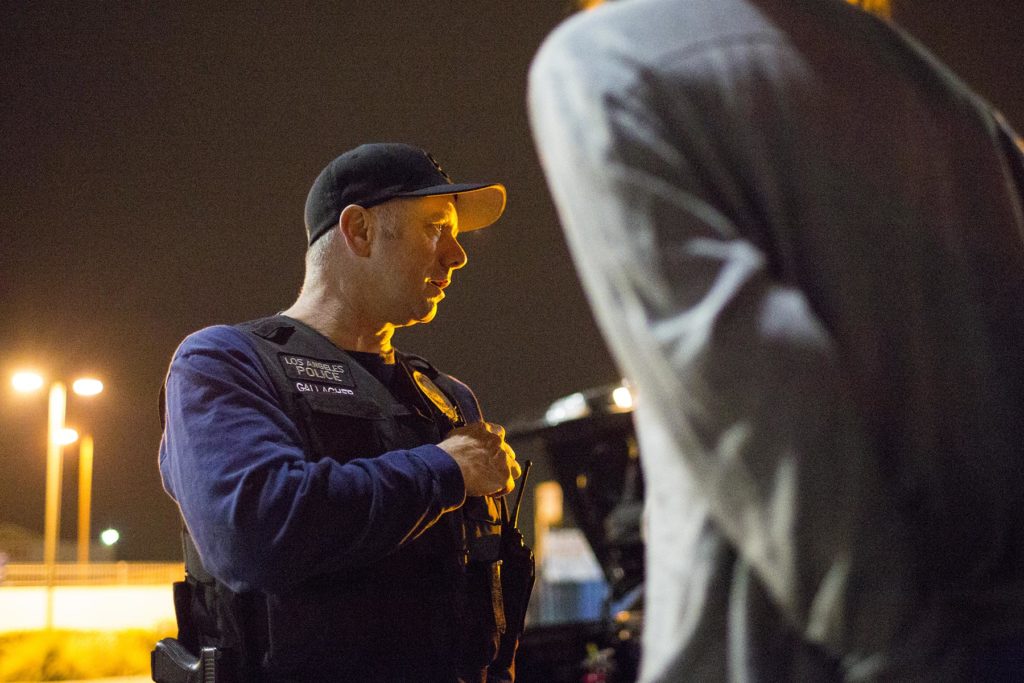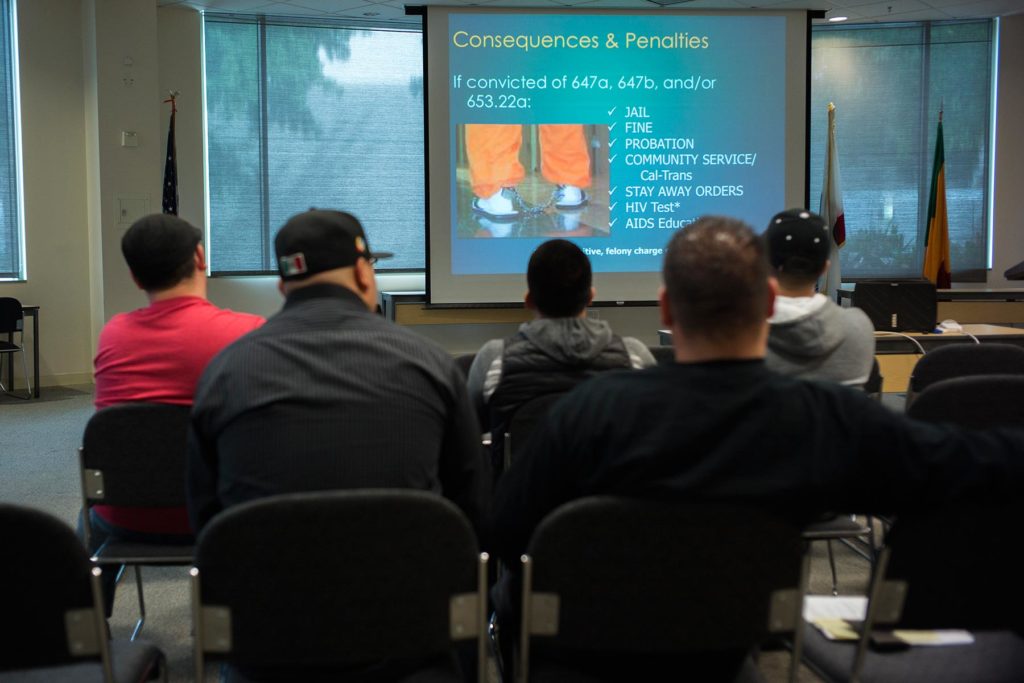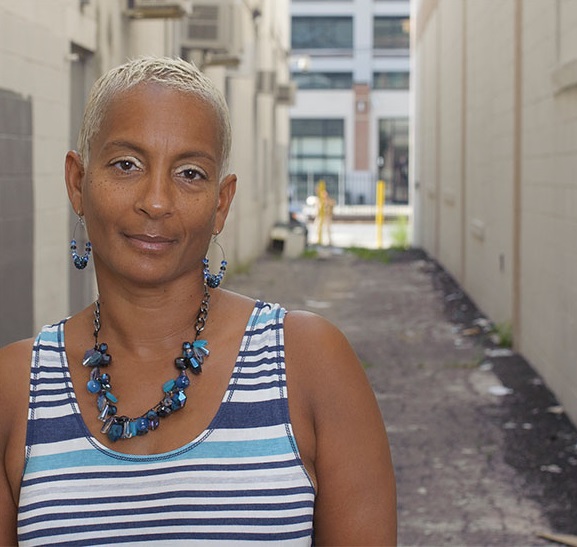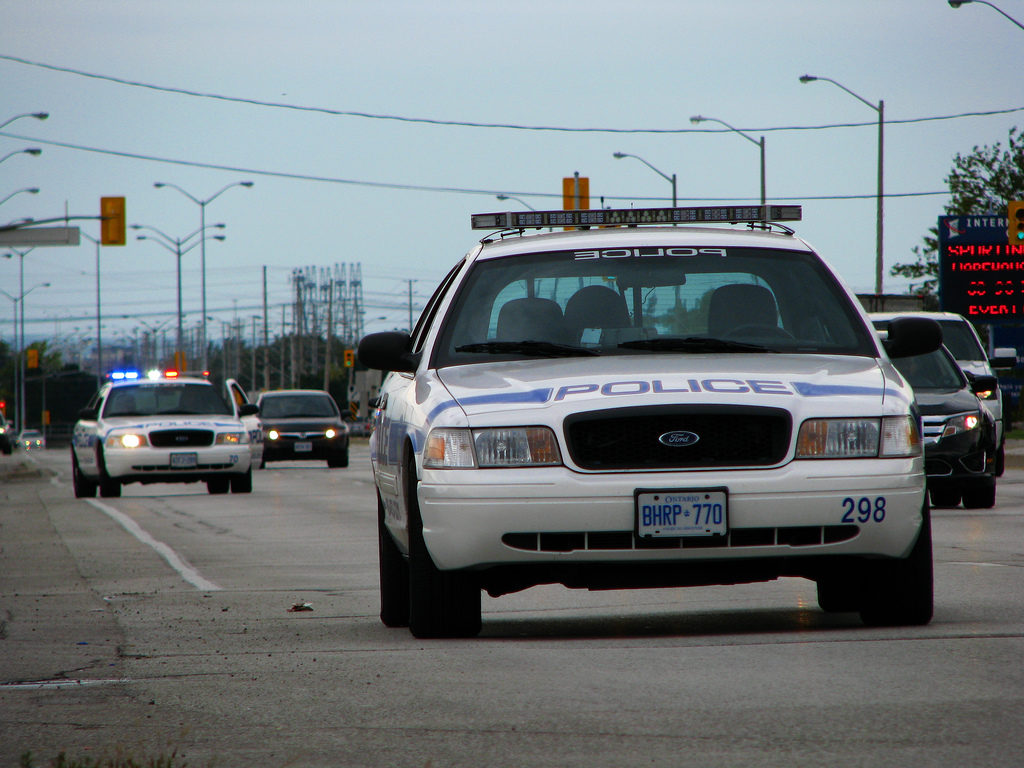
Photo by Robert Nickelsberg/Getty Images
Al Jazeera America closed out 2015 with an in depth, seven-part series on sex trafficking in the US. Each story focused on a different aspect of the illegal sex trade: the victims, the sex buyers and pimps who allow this system to thrive, and the law enforcement, legal professionals, and advocates trying to end it once and for all. Demand Abolition is very proud to be among those interviewed for this project.
The following are excerpts from various parts of the story, but we highly recommend seeing the piece in its entirety. It’s some of the most thorough reporting available on this complex, multi-layered problem, making it a must-read for anyone who feels strongly about ending sex trafficking here in America.
The johns
The variety of men engaged in purchasing sex across the U.S. is staggering.
He could be a billionaire like Jeffrey Epstein. He could be the director of counterterrorism at the State Department. He could be the affable face of a fast-food franchise peddling low-calorie sandwiches. Or he could be a teacher, a nurse, someone’s uncle, father, husband. He is always, certainly, someone’s son.
The problem is that no one knows how many johns are out there.
Read more.

VAN NUYS, CALIFORNIA – Attendees sit in a once a month Johns School offered by the Los Angeles City Attorney’s office in an effort to reduce the demand for prostitution. (Photo by Robert Nickelsberg/Getty Images)
The victims
Getting girls like Ashley [a prostituted minor profiled by author] the support they need, should be the mandate of not just one agency or another; what’s needed is a comprehensive approach. “Until the community changes that perspective, I don’t think the police will. And the communities really have to clamor and collaborate and demand,” she said.
“We should be dumping resources on 12-to-14-year-olds, surrounding them with love and attention so that recruiters, gangs and exploitation and trafficking don’t have a chance in hell.”
Read more.
The Advocates
Audrey has been clean since May of that year and since 2004 has been running groups and mentoring girls like her through My Life My Choice, a Boston-based Justice Research Institute program aimed at fighting exploitation and trafficking of girls.
They provide the girls with education, health care, leadership, job training — whatever they need. “We meet the girls where they are,” said Morrissey.
Sometimes, that place is very rough. She recently took one girl and her child to the doctor. Both mother and baby were in pediatric care.
There are many obstacles that block a trafficked girl’s path out of exploitation — laws and institutions that often fail them, damaged adults who trade on their bodies and a community that casts harsh moral judgment. But there is also help.
Read more.

Audrey Morrissey is a survivor advocate
The law
With the FBI setting the pace for how trafficked minors should be seen — as vulnerable victims in need of services and not as criminals — things are starting to change, slowly, in local jurisdictions.
Sgt. Daniel J. Steele, a member of the FBI Innocence Lost Task Force in Denver for almost four years, said he has seen a “dramatic shift” in how minor victims of human trafficking are now seen as people needing help, not merely accessories to “pimping cases.”
He said that in Denver, 60 percent of those arrested in prostitution busts are sellers and the remainder are buyers — which he said means johns aren’t getting arrested frequently enough.
Lina Nealon, the director of Boston-based Demand Abolition noted that nationally, it’s clear that sellers — including minors — “are being arrested at twice the rate of buyers.”
“If anything, that ratio should be should be flipped. If a vulnerable child is being bought five or 10 times a night, there should be five or 10 adults being arrested for every one person selling,” she said.
Read more.

The pimps
In pop culture parlance, a pimp is a guy who makes things happen — a hustler who manages to succeed against the odds and lives large, with flashy cars, diamonds and pretty girls.
But that’s not what a pimp is. He’s not a flashy character in a rap song or the hero of an Oscar-nominated movie.
A pimp is a human trafficker.
Because it’s tough to get a pimp on the record, Al Jazeera America interviewed Special Agent Renea Green of the Georgia Bureau of Investigation and Special Agent Evan Nicholas of the FBI’s crimes against children unit in New York to get an idea of who a pimp is and how he operates.
Both said that increasingly, pimps are coming into trafficking from gang backgrounds, most with criminal records. They find pimping girls very lucrative and less risky than running drugs.
“We’ve had traffickers tell us, ‘Hey it’s a lot easier for me to explain why I’ve got this girl sitting in this seat next to me than why I have a kilo of cocaine sitting in the seat next to me,’” said Green.
Besides, finding a girl to sell is easier than moving contraband.
“It’s easier in a lot of ways than selling drugs and guns, because it’s easy to lose a girl. You can just get another girl,” said Nicholas.
Read more.





